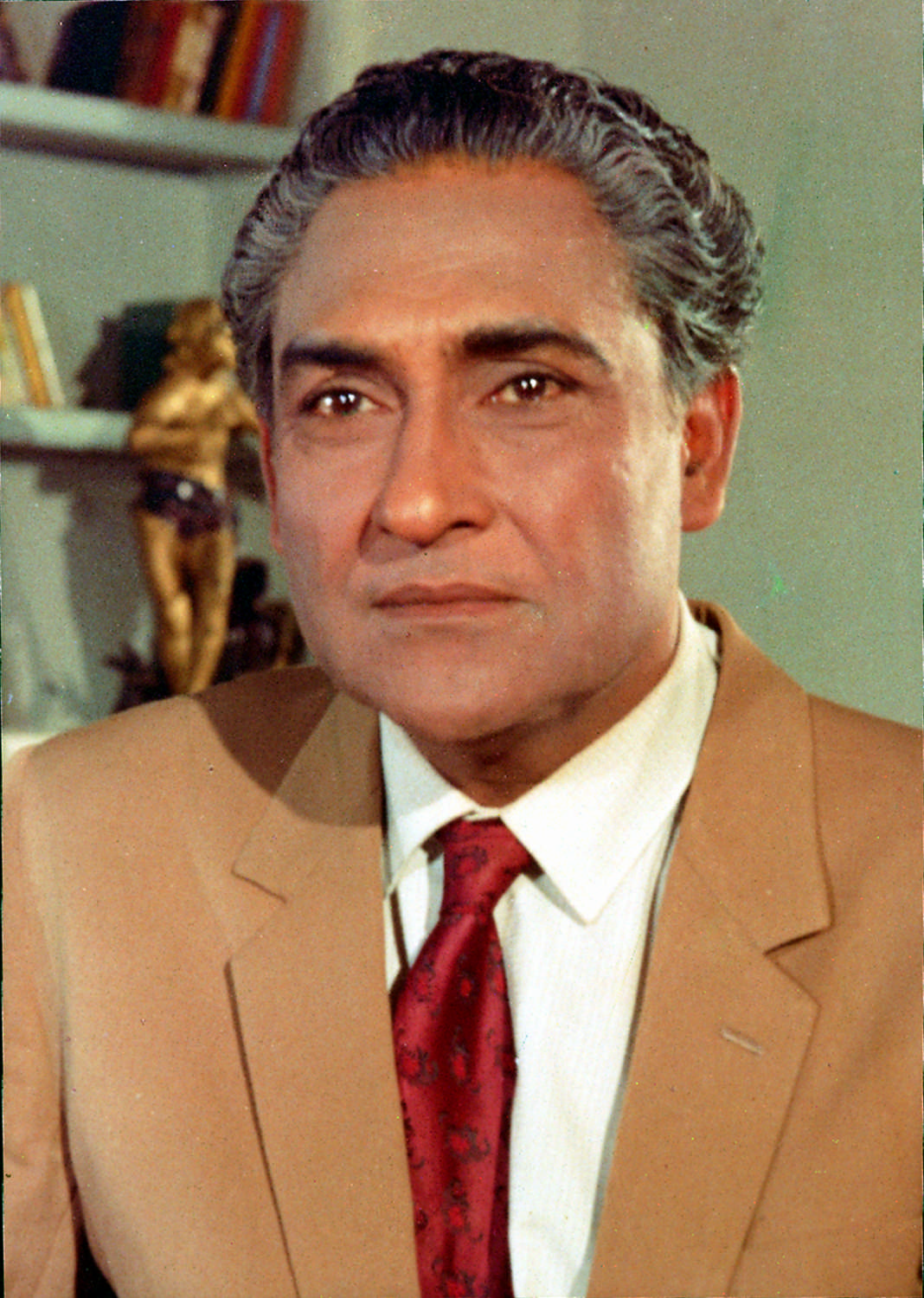For the legendary star’s 15th death anniversary today (10 December), a glance back in time to when he tried to save the studio that had launched him.


Sonal Pandya
Ashok Kumar became India’s first male star in the Himanshu Rai-Devika Rani-owned studio, Bombay Talkies. He was launched by the studio with Jeevan Naiya (1936) opposite Devika Rani and went on to act in other hits like Achhut Kanya (1936) and Vachan (1938) with her.
In an interview with rediff.com, Ashok Kumar had explained how the two were responsible for his success, “Devika Rani and Himanshu Rai groomed me. They would insist I watch English films and arranged tickets for me. I watched so many stars like Humphrey Bogart, their styles — that's how I learnt to act.”

Bombay Talkies was the first corporate studio in the country, and was listed on the Bombay Stock Exchange (BSE). The studio hired top foreign talent like director Franz Osten and cinematographer Josef Wirsching and filmed its features in the vast, modern studio set in Malad, which was then a village far away from even the suburbs of Bombay like Bandra and Santa Cruz.
After his launch, Ashok Kumar went on to deliver several more hits like Kangan (1939), Bandhan (1940) and Jhoola (1941) with the other leading actress of the time, Leela Chitnis. But it was Kismet (1943) that cemented his status as of the biggest star of Hindi cinema. The film was an undeniable success that endeared itself to audiences despite Ashok Kumar playing an anti-hero, playing in theatres in Bombay for three long years, a record only broken by Sholay (1975).

However, the massive success of Kismet led to a split in the top talent at Bombay Talkies. Co-founder Himanshu Rai had passed away suddenly in 1940 and after Kismet there was a clear division in the creative minds at the studio. Devika Rani wanted the studio to be run in a certain way but the makers of Kismet — Sashadhar Mukherjee, Gyan Mukherjee and Ashok Kumar — had their own ideas.
The year that Kismet was released, the three founded their own movie studio called Filmistan. But a few years later, Devika Rani retired from the film industry and Bombay after her marriage to Russian artist Svetoslav Roerich. A certain loyalty to the studio that had moulded him must have moved Ashok Kumar for he decided to return to Bombay Talkies when it took a fall after Devika Rani left. He, along with former Bombay Talkies talent producer Savak Vacha and Wirsching, thought of the studio’s legendary history and came to its aid.

He gamely returned to monetarily back Nitin Bose’s Milan (1946), starring the rising next-generation star Dilip Kumar, and Ziddi (1948), starring a young and raw Dev Anand. Ashok Kumar himself acted in Mahal (1949) with Madhubala, who had been launched by Bombay Talkies as a child artiste in Basant (1942). The musical hit Mahal also gave rise to a young singer named Lata Mangeshkar who sang the memorable ‘Aayega Aanewala’ composed by Khemchand Prakash.
But within a few years, the company was again in trouble. The 1950s brought a string of flops like Mashaal (1950), Bimal Roy’s Maa (1952) and Tamasha (1952) and despite stars and technicians willing to forgo their fees for it, the studio had to shut down 20 years after it had been set up by Himanshu Rai and Devika Rani.
Baadbaan (1954) starring Dev Anand, Ashok Kumar and Meena Kumari was the last film released under the Bombay Talkies banner.









